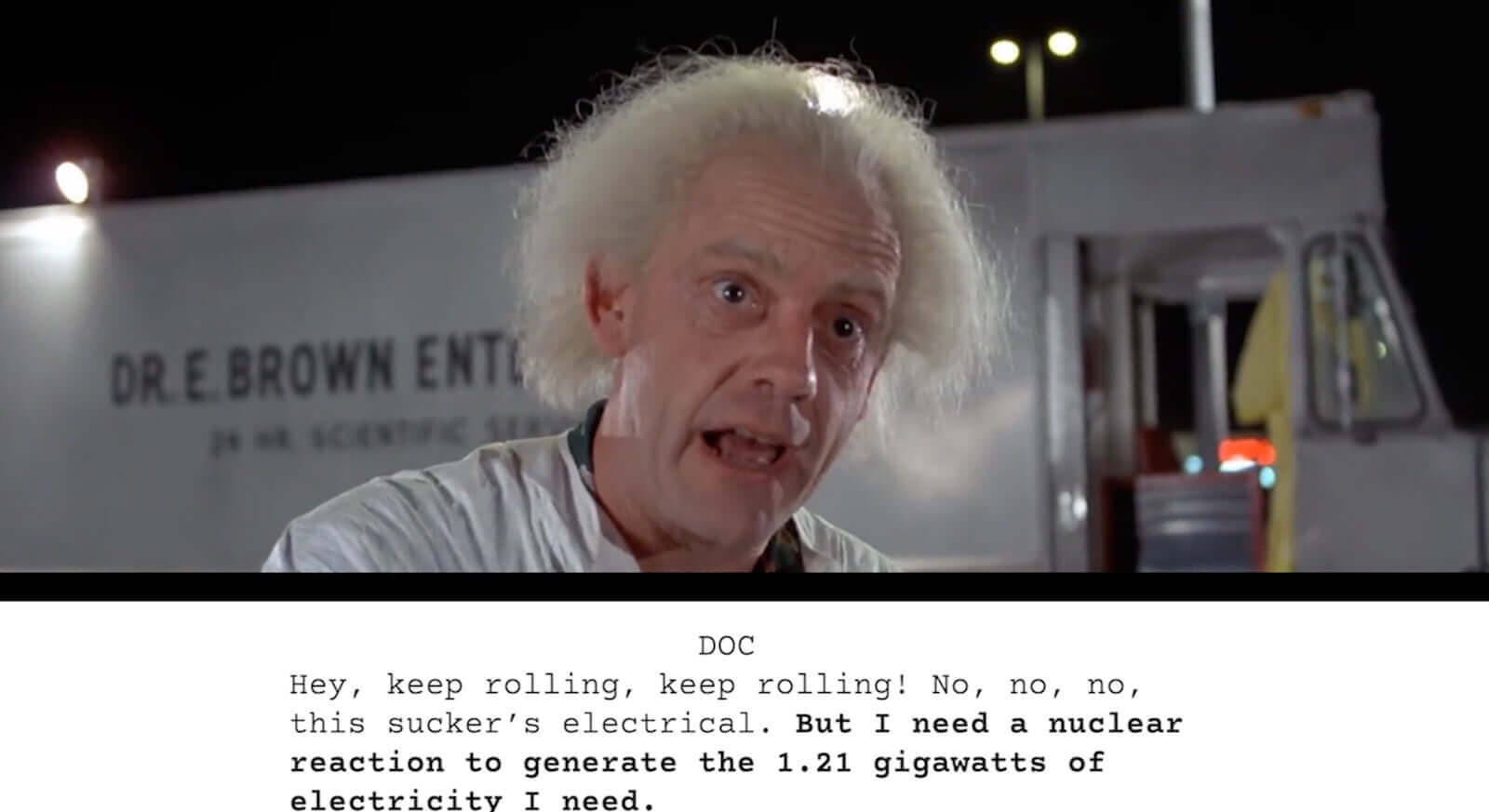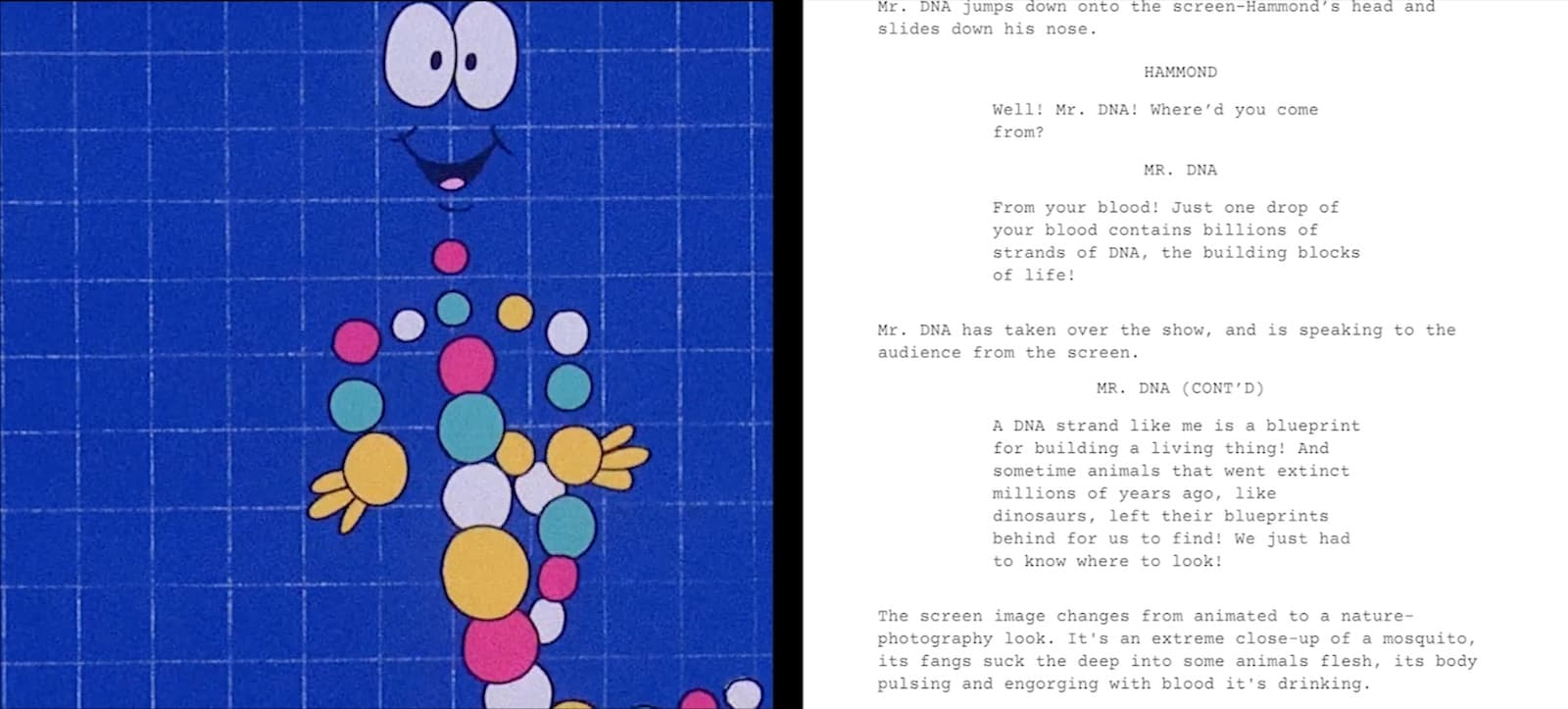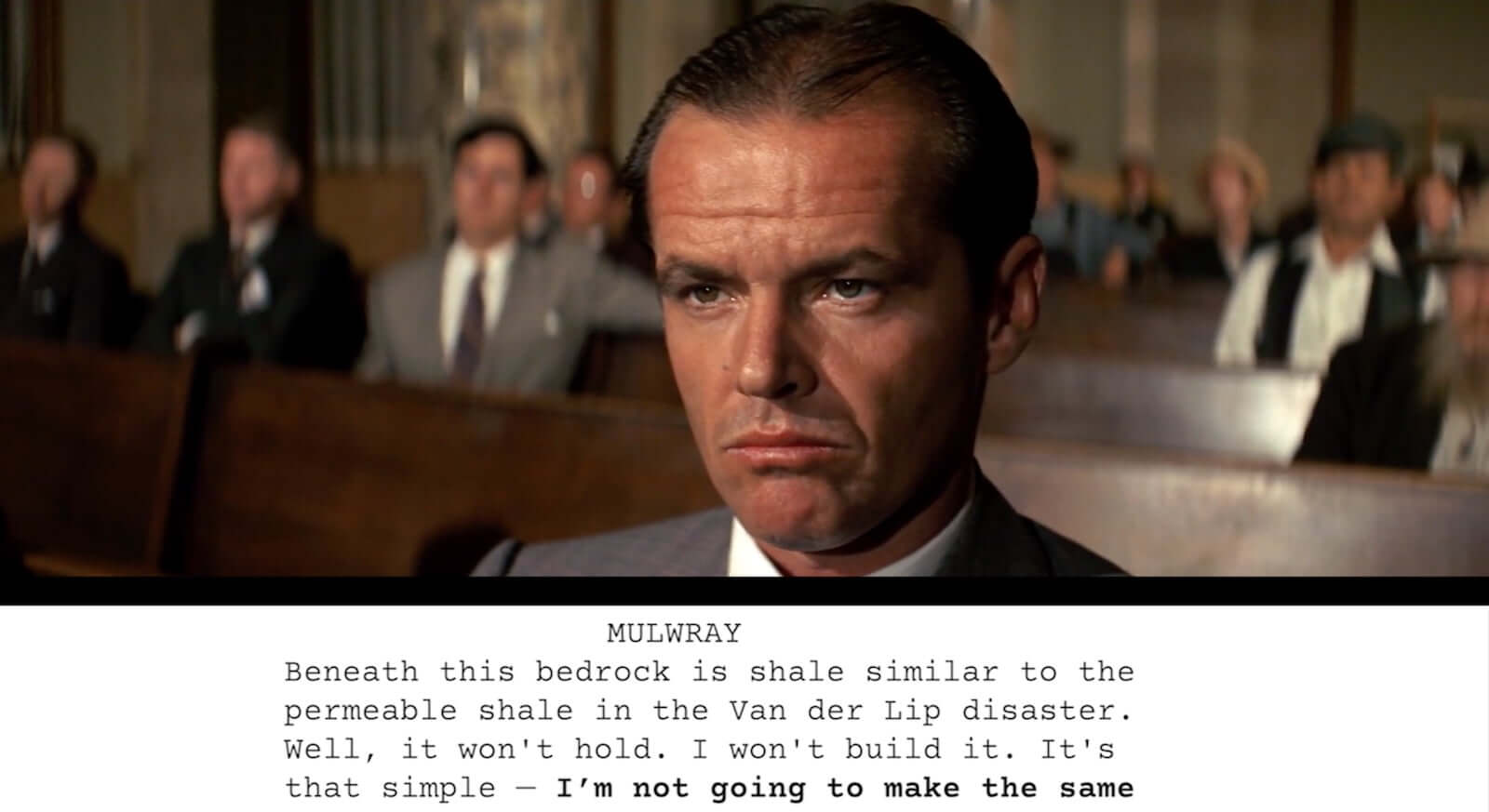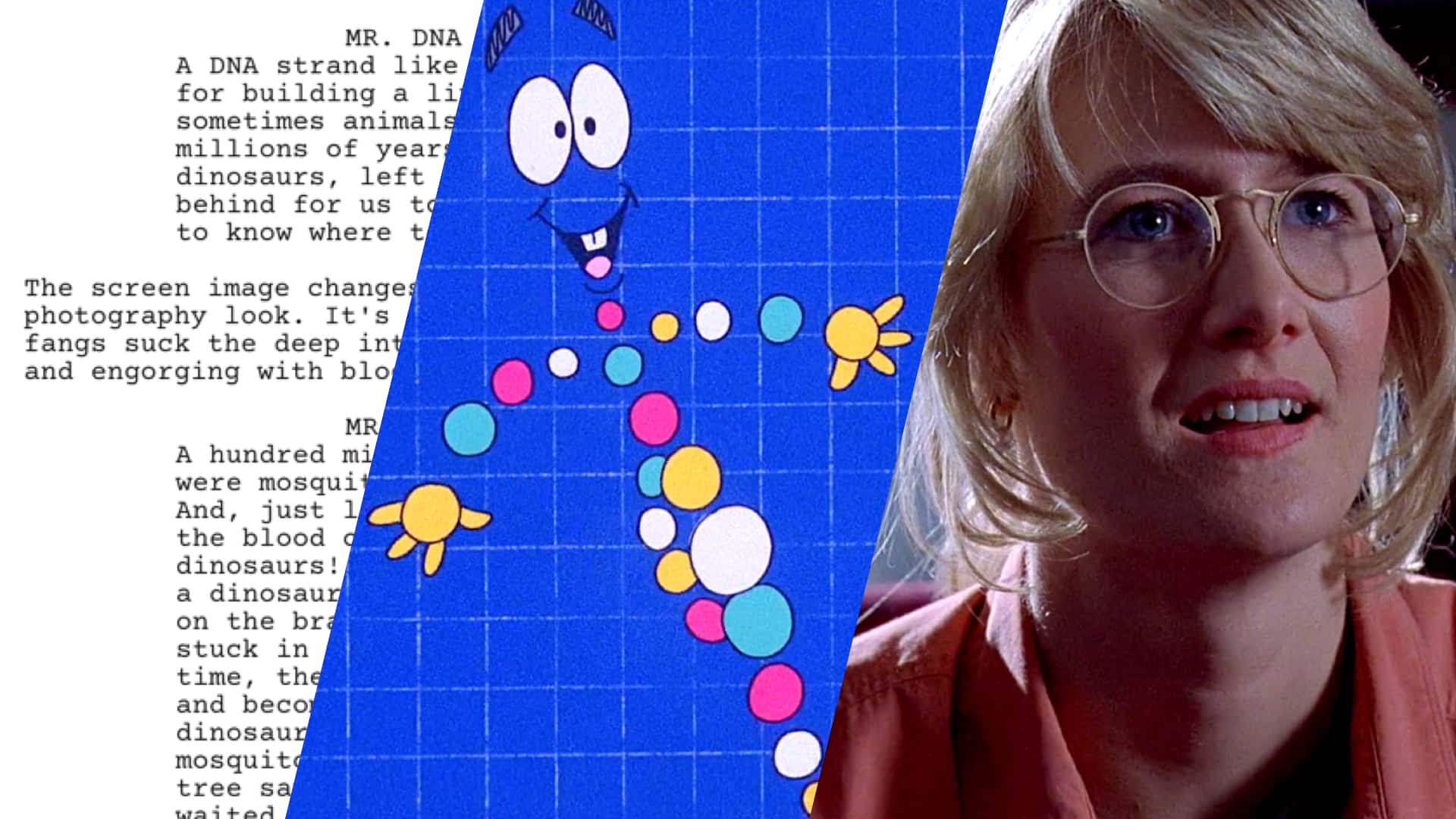I
s there anything worse than bad exposition in film? Few things turn an audience off than listening to a character explain things for no reason.
But at the same time, the exposition of a story is vital. And while sci-fi and fantasy are where you’ll find the really bad examples of exposition, it’s not just for those genres. All movies have to set up their worlds and characters.
There’s an art to providing good exposition in a story. It’s almost like the art of the con. Here are three techniques to help you make exposition so good, the audience never notices it’s there.
Mastering the Screenplay: Writing Exposition in Film
1. Build Excitement
When done incorrectly, exposition in a story feels like a dull, artificial lecture.
It takes the audience back to school, being forced to listen to bad teachers talk about seemingly boring topics. But anyone who’s had a good teacher knows that they can make any subject come alive by building excitement and energy.
The same is true for writing exposition in film.
By placing the exposition of a story into the hands of dynamic high energy characters, the backstory comes alive.
Take Back to the Future (1985) for instance.

Some actors were born to deliver exposition in film. Christopher Lloyd is one of those actors.
Doc does not look like your average professor. He’s wild-eyed, excited, almost frantic. He is also, we learn later, ripping off a bunch of terrorists, which adds an element of danger and urgency.
Putting exposition in high-stakes situations also makes it go down smoother. The Avengers (2012) opens with the exposition of a story years in the making.
But it’s delivered in building that’s about to explode. If that doesn’t get your attention, nothing will.Related Posts
MASTERING THE SCREENPLAY: WRITING EXPOSITION IN FILM
2. Use Exciting and Distracting Visuals
Remember: Film is a visual medium. When delivering the exposition of a story, give the audience something to look at.
A good example of exposition via distracting visuals is Game of Thrones (2011). Political intrigue goes down easier when wandering the gardens of King’s Landing.
But you don’t need a giant ice wall to pull off the same effect. Although maybe a cartoon or two might help.

Technically, this is exposition in film set into exposition in film. Mind blown yet? Jurassic Park (1993)
On its face, this is a cheesy video that Hammond made for his theme park. It makes sense that he would make it. It makes sense he would play for Grand, Sadler, and Malcolm. And let’s be honest, Mr. DNA is pretty fun to watch.
But this scene is sneakily pulling double duty by giving you all of the exposition of the story in one digestible package.
Ultimately, that’s the whole secret of exposition in film. A good example of exposition should never be noticed by the audience at all.
MASTERING THE SCREENPLAY: WRITING EXPOSITION IN FILM
3. Just Embrace the Lecture
Sometimes, though, you can’t beat a good old-fashioned lecture. If Morgan Freeman and Anthony Hopkins aren’t available, one of the best ways to sneak in a lecture is to make your protagonist a silent participant.
The best example of exposition of this nature is Chinatown (1974).
Don’t forget this, Jake. It’ll be important later.
Private Investigator Jake Gittes doesn’t actually care about the dam. In fact, he’s reading the newspaper for most of the scene.
He’s been hired to tail Mr. Mulwray of the Department of Water and Power. He only really pays attention when Mulwray is called up. Not only is he not participating in this scene, he doesn’t even care. For now.
But this otherwise unimportant information will prove vital in cracking the case. Well, one of them, at least.
Related Posts
MASTERING THE SCREENPLAY: WRITING EXPOSITION IN FILM
4. Fade Out
Exposition of a story can seem like an annoying, but necessary, evil. But it doesn’t have to be that way.
With a little finesse, scenes of exposition in film can be memorable and moving. Or at the very least painless.
Don’t look at it as a chore. Think of it as a heist. A con you’re pulling over the audience. How can you slip this information past them without them ever noticing?
Eager to learn more about mastering screenwriting? Watch our video series.
Alternatively, if you’re looking for something more literary: read up on screenplay formatting, learn about making truly terrifying antagonists, or understand what makes a truly epic fight scene.